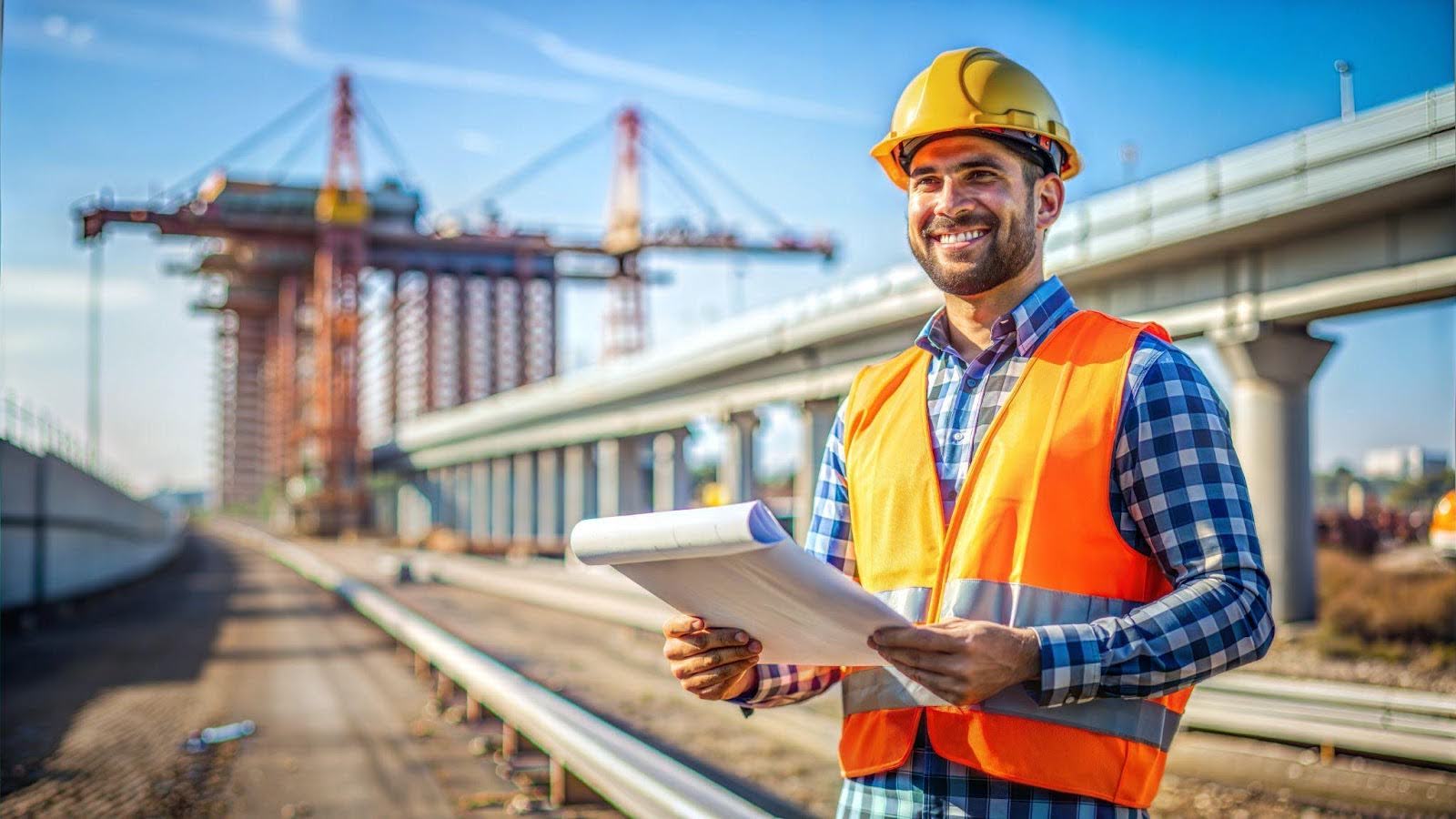Whenever you start a new construction project, one of the most important things you will have to do is identify what natural resources exist in the area, and create a plan to protect them. That includes a wide variety of resources, from bodies of water to open space. Each state and municipality has its own requirements for what your construction plan must protect, and there are federal regulations as well. A stormwater pollution prevention plan (SWPPP) is important for outlining how you will do that.
Natural Resources to Protect
New construction is going to disrupt the natural environment, but before your construction begins you must identify the ones that are in the area of your construction site. Some of the most common things to look out for include:
- Waterways – nearby waterways and bodies of water are places that can be impacted by stormwater runoff.
- Open space – if your construction is going to be in the vicinity of existing open space, it’s important to identify how your new building (residential, commercial, industrial) will impact the aesthetics and the local environment.
- Forests – clearing out trees to make way for new construction is allowed, but in some areas you must follow strict rules about how much remains and where you clear it. Your local regulations will help you determine what you can clear and what you must preserve.
- Endangered plants or animals – any animal or plant species in the area that is designated as endangered will require special protection and mitigation efforts to protect. The U.S. Fish and Wildlife Services (FWS), National Marine Fisheries Service (NMFS), or tribal heritage centers can help you identify what species might be in your construction area.
- Historical sites – check for state, local, and tribal historical preservation areas and identify what special permits are required.
The Critical Importance of Preventing Stormwater Runoff to Nearby Waters
Stormwater runoff presents a lot of potential hazards for local waterways. These include:
- Wetlands (bogs, marshes, swamps)
- Ponds
- Rivers
- Streams
- Lakes
- Oceans or bays
Construction stormwater can carry chemicals and contaminants that pollute the water. Even in situations where that’s not the case, a rush of sediment that drains to nearby water can affect wildlife in the water, blocking sunlight for algae and making it hard for fish and other aquatic life to see. If your construction site is near headwaters for streams and rivers, these areas are particularly critical to the overall health of the waterway and the ecosystem it supports. Your state may also have special designations for sensitive bodies of water, so it’s important to check with the local water pollution agency to find out what protections are required.
Additionally, some waterways that are protected under the Clean Water Act require a special permit from the Army Corps of Engineers to build nearby.
Prepare for Preservation with SWPPPs
Your SWPPP must identify all the natural resources in your area and outline the plan for how you will mitigate the impact of your stormwater runoff to those things. Call Erosion Control Services today for help getting this done right.


